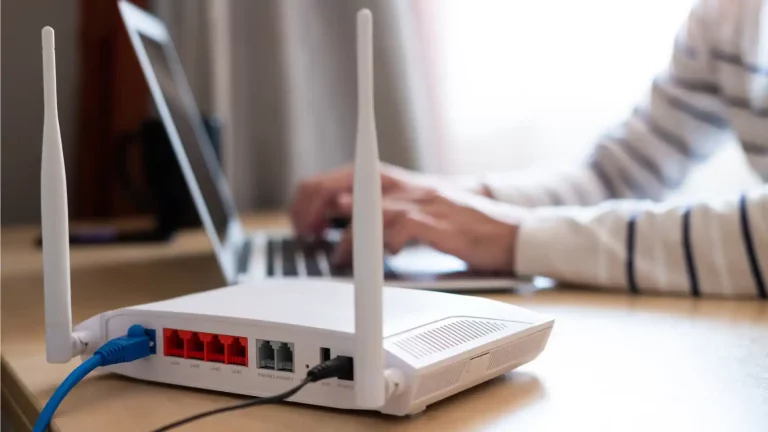Introduction
Experiencing weak Wi-Fi signals is a common frustration for many individuals. Whether you’re trying to browse the internet on your computer, stream a movie on your TV, or download files from the cloud, a lack of sufficient signal strength can lead to interruptions or complete disconnections. According to a recent study by the technology firm devolo, this issue affects 53% of the population, with 58% unsure of the cause.
Factors Affecting Wi-Fi Coverage
In reality, everyday elements such as household appliances, wireless accessories, furniture, plants, and even walls and pipes can weaken Wi-Fi signals. While placing the router in a strategic central location within the house without obstructions can help, it often doesn’t fully solve the problem.
The Role of the Router
One potential solution is to upgrade the router. Many households use the router provided by their internet service provider, which often features basic or outdated models that don’t offer optimal coverage or speed. Upgrading to a router compatible with Wi-Fi 6 technology, which can reach speeds of up to 1,500 Mbps or more, can significantly improve performance. For example, the Dlink Eagle Pro AI AX3200 Smart Router offers speeds of up to 2,402 Mbps on the 5 GHz band and includes features like parental controls and multiple antennas for extended wireless coverage. However, replacing a router isn’t a straightforward task for everyone, as it requires significant configuration.
Solutions for Different Households
For smaller homes or apartments, a simple and cost-effective solution may be to use a Wi-Fi extender or repeater. Devices like the Xiaomi Mi Wi-Fi Range Extender can receive the router’s signal and extend it to areas with weaker coverage. Setup is typically easy, involving plugging the extender into an outlet and following the app-guided instructions. However, the effectiveness decreases with distance.
In larger homes or multi-story buildings, more advanced solutions are necessary. Powerline adapters, such as the devolo Magic 2 WiFi 6, use existing electrical wiring to transmit the internet connection throughout various rooms via power outlets. This model offers speeds of up to 2,400 Mbps and supports Wi-Fi Mesh technology, which automatically connects devices to the access point providing the best connection, rather than relying on default configurations.
Wi-Fi Mesh technology isn’t exclusive to Powerline adapters; standalone devices like Amazon Eero and Google Wifi also utilize it. These systems consist of a central unit connected to the modem and additional access points (which can be added as needed based on the house size) that function as repeaters.
Conclusion
In conclusion, weak Wi-Fi signals can stem from various factors, but there are solutions available to improve coverage and performance. Whether it’s upgrading to a Wi-Fi 6 router, using extenders or repeaters, or employing Powerline adapters with Wi-Fi Mesh technology, finding the right solution depends on the specific needs and layout of your home. By addressing these issues, you can enjoy a more reliable and seamless internet experience.


